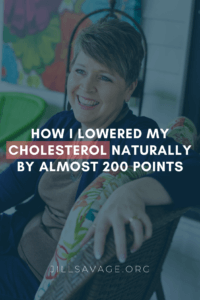 It is possible to live a healthy lifestyle, and I want to share my journey with you today.
It is possible to live a healthy lifestyle, and I want to share my journey with you today.
In 2013, a breast cancer diagnosis turned my world upside down. Surgery, chemotherapy, and radiation did a number on my body. So when I got to the other side of my treatment, I launched into a new journey of pursuing a healthy lifestyle.
The word “journey” is an accurate description because when you makeover your health, it takes time. Initially I was more committed to the journey than my husband was. He reluctantly joined me on occasion, but I determined that whether he joined me or not, I was committed for myself.
When I finished my treatment, my oncologist told me I had three jobs to do in order to reduce my risk of recurrence:
- Eat nutritionally.
- Exercise daily.
- Maintain a healthy weight.
So that’s where I started.
One of the first things we did was one month of Whole30. Whole30 is a program that challenges you to eat only whole foods—and no dairy or gluten—for 30 days. This forced me to learn to read labels and shop differently. At the end of that month, my everyday joint pain that I had experienced even before my cancer treatment, went away. We both lost weight and I felt better than I had in a long time. That month jump-started my journey. (My friend Danna Demetre talked about the importance of doing something similar in this recent podcast episode—How to Build a Healthy Lifestyle!)
When I discovered my cholesterol was at an unhealthy level, my doctor wanted me to go on a statin drug. I did that for a while but found the side effects to be too much. That’s when I decided to add “lowering my cholesterol naturally” to my healthy lifestyle journey. Over time I dropped my triglyceride levels by nearly 200 points. I cut my cholesterol by 82 points and lowered all of my other cholesterol numbers too. I kept track of them for the past four years:

It took time before I saw a big drop. It doesn’t appear to be one thing I did but rather a combination of efforts that made the biggest difference. They fall into the three categories my oncologist told me to pay attention to plus one additional category of supplements.
I want to share with you what I did in each category, but remember, this is not medical advice. If you decide to embark on a similar journey, do so under the guidance of a doctor.
Eat Nutritionally
Doing Whole30 helped me to understand that my body functions better without sugar, gluten, and dairy. Initially that was challenging as I was a bread lover (still am!) and I was totally addicted to sugar. Once I began to feel the difference, however, I struggled less and less with the temptations.
I take the 90/10 approach. 90% of the time I don’t eat gluten, but 10% of the time I allow myself those treats. Gluten affects me more than dairy does so with dairy, I operate more like 80/20. I find that works well for me. I had to break my sugar addiction, but I feel so much better with it out of my diet. With sugar, I probably operate at a 95/5 level. 95% of the time I have no sugar, but I allow myself to have it for birthdays or occasional special treats.
In general, we changed our diet to fruits, vegetables, and lean meats such as fish, chicken, and turkey. We do turkey burgers rather than beef burgers. If we do beef, we eat grass-fed beef (Aldi has a great price on grass-fed beef). I shop the perimeter of the store rather than the aisles because the perimeter is where the fresh foods mostly are while the aisles are where the processed foods are. I also started to read labels. Do you know that some canned tomatoes have sugar in them? You don’t need sugar in your canned tomatoes! Read labels and choose foods that have words you know and understand in the ingredient list. I also increased foods with soluble fiber in them, like apples and nuts, because soluble fiber helps to decrease cholesterol.
What did I remove from my diet? Simple carbohydrates had to go. These included sugar and foods made with white flour or fructose because they increase cholesterol. Saturated fats, trans fats, and hydrogenated oils are also a thing of the past for me. These include full fat dairy, red meat, processed meat, baked goods, fried foods, margarine, frozen pizza, microwave popcorn, and refrigerated biscuit dough. When we eat out, I will usually choose fish (salmon is a favorite!) or chicken and veggies. I will often tell them to not even bring the bread to the table. I still enjoy baked goods (in moderation) but I use almond flour or oat flour and I sweeten things with dates or pure maple syrup. Two of my favorite clean eating treat recipes can be found here!
In general, I stopped eating comfort and convenience foods and have learned to cook healthier. I also traded out vegetable oil and canola oil for olive oil, coconut oil, and avocado oil. I love experimenting with flavored olive oils on salads and in my cooking. I serve them to all our coaching intensive guests and people rave about them! (Our favorites are cooking popcorn in butter olive oil, cooking veggies in herb olive oil, and using black cherry, fig, and strawberry balsamics on salad! I get my infused olive oils and balsamics at The Olive Bin.)
Food is fuel. That’s the mantra I began to say to myself. By choosing healthy fuel rather than unhealthy fuel, I have consistently seen my cholesterol numbers drop.
If you’re ready to make some changes, these are some of the accounts on Instagram that I follow to learn more about healthy food and product choices:
@flavcity
@drmarkhyman
@just.ingredients
Exercise
I was not in the habit of daily exercise before I got serious about my health and particularly my cholesterol numbers. Thirty to sixty minutes of exercise 5-7 days of the week can significantly help move cholesterol in the right direction.
It took me a while to figure out what kind of exercise and what kind of exercise environment worked for me. I tried classes, a local gym, kick boxing, and more. In the end, I found that I do best working out at home with online direction. Beachbody workouts and MadFit on YouTube are our go-to favorites. We also enjoy Holy Yoga—stretching and strengthening to scripture and prayer on this YouTube Channel.
I love to walk so sometimes my husband and I walk together or I pop in a podcast and walk by myself. Even 30 minutes of walking can help cholesterol numbers. We try to do cardio or strength building workouts 5 days a week and walk 5 days a week. Yes, sometimes we do both our online workouts and a walk. Sometimes we do one or the other. I often don’t “feel” like doing my exercise, but I know it makes a difference for my health and my cholesterol, so I try to push past the feeling and make it happen.
Maintain a Healthy Weight
I’m amazed at how different I feel with even just an extra ten to twenty pounds on my body. My joints hurt more, I’m lethargic, I experience brain fog, and my fibromyalgia flare-ups increase. When I’m closer to my ideal weight or healthy BMI for my height, I feel so much better!
Weight makes a difference in cholesterol levels too. Weight loss will often result in cholesterol levels lowering. Both Mark and I have lost weight on our pursuit of a healthy lifestyle. Regular exercise and eating whole foods can naturally result in weight maintenance if you’re already at a healthy weight or weight loss if you have some to lose.
If you’re a midlife woman, you can tap into the wisdom of some of my friends who specialize in helping women lose weight and pursue a healthy lifestyle. My friend Danna Demetre whose podcast episode I mentioned earlier runs Lean, Healthy, Ageless. My friend Rhonda does personal health coaching and my friend Jill helps women with Type 2 Diabetes.
We’ve done two other things that have helped with getting to and staying at a healthy weight: intermittent fasting and eating every two hours.
Eating every two hours helps keep your metabolism going strong throughout the day. A handful of nuts or an apple is a great snack in between meals.
Intermittent fasting has probably made the biggest difference for us in weight loss/weight maintenance. This documentary was helpful in learning more about intermittent fasting.
Supplements
A pill can’t fix an unhealthy diet and a lack of exercise. Pursuing a healthy lifestyle has to be valued because it affects our health, our energy, and even our longevity. Yet there are some supplements that can make a difference. Here are the ones I have been using with the oversight of my physician:
Black Seed Oil—I was taking one tsp a day and my doctor increased me to 3 tsp a day.
Niacin—I take one in the morning and one in the evening.
Isagenix Heart Booster—I add this to my daily protein shakes. It contains plant sterols which help reduce cholesterol.
Isagenix Multivitamins (includes a fish oil capsule)—I take them morning and evening.
==
I used to believe that it was my doctor’s job to take care of my health. I now understand it’s my job to take care of my health and my doctor is a partner in that. I get to choose what I put in my body. I have to decide how to move my body. I hold a lot of power in living my best life with the choices I make and you do too!
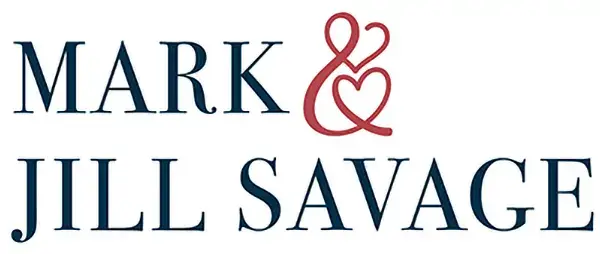
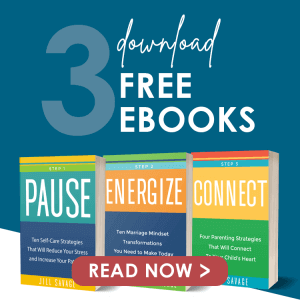

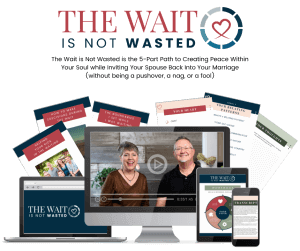
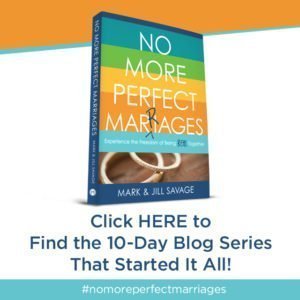
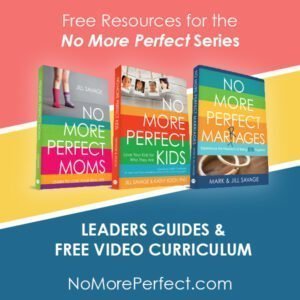

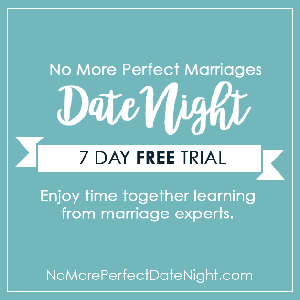

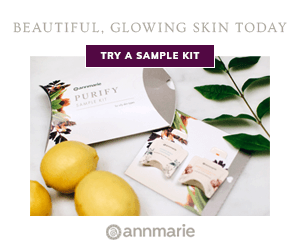


Thanks so much for this very important and timely message.
I need to set aside time for self care.
You motivate me!
Enjoy the treasures Jesus has in store for you today!
So glad you’re inspired to take care of yourself! You are the only you there is!
Thank you, Jill, for your inspiration! My daughter, Nikki , from Austria passed your article on to me. I found it encouraging and a blessing just when I needed it.
Donna, I love your daughter Nikki! So glad she shared this with you!